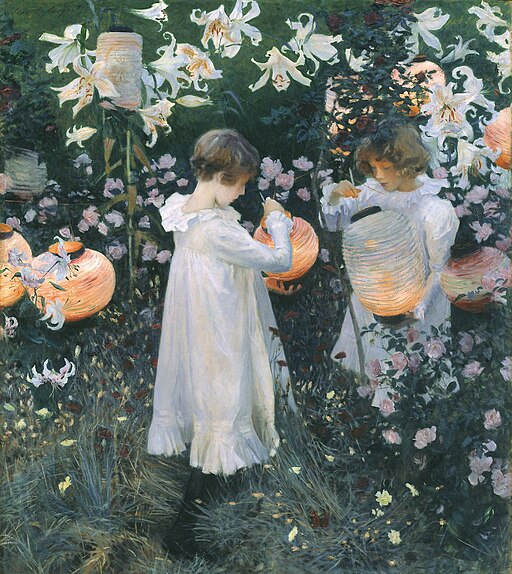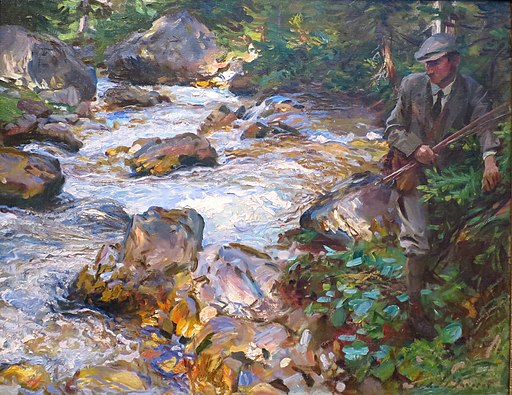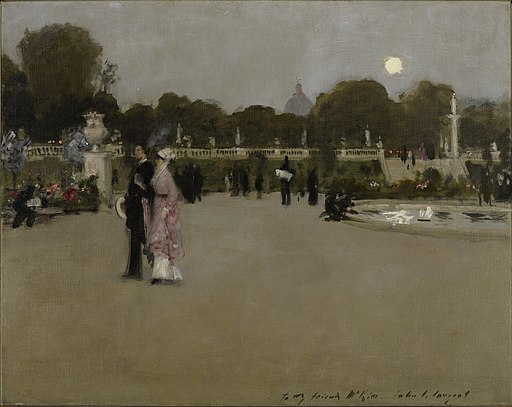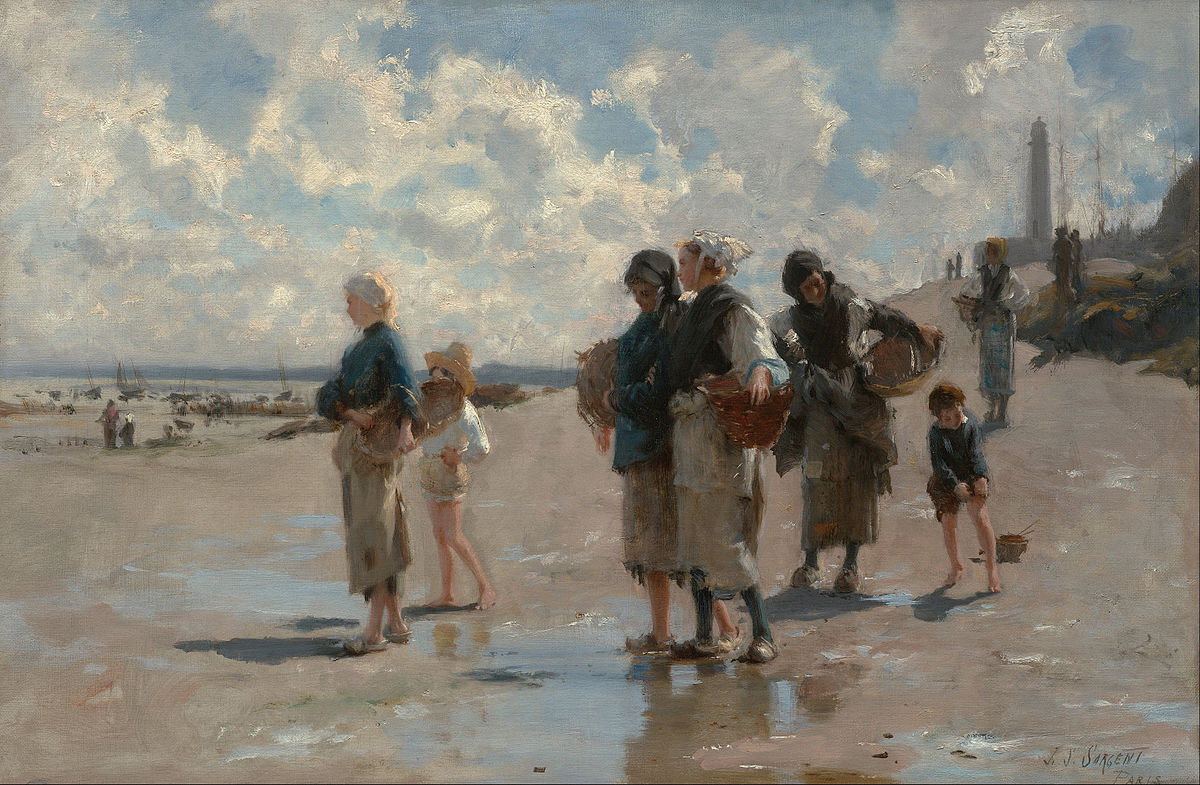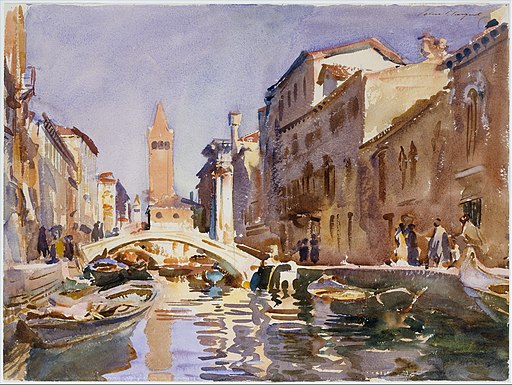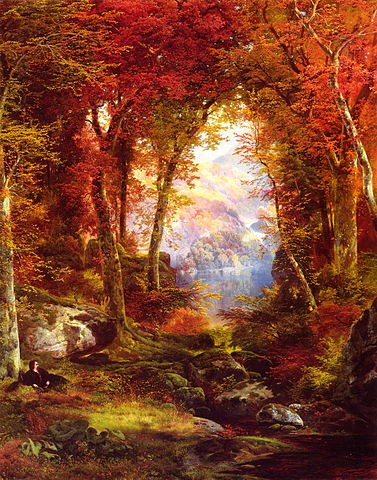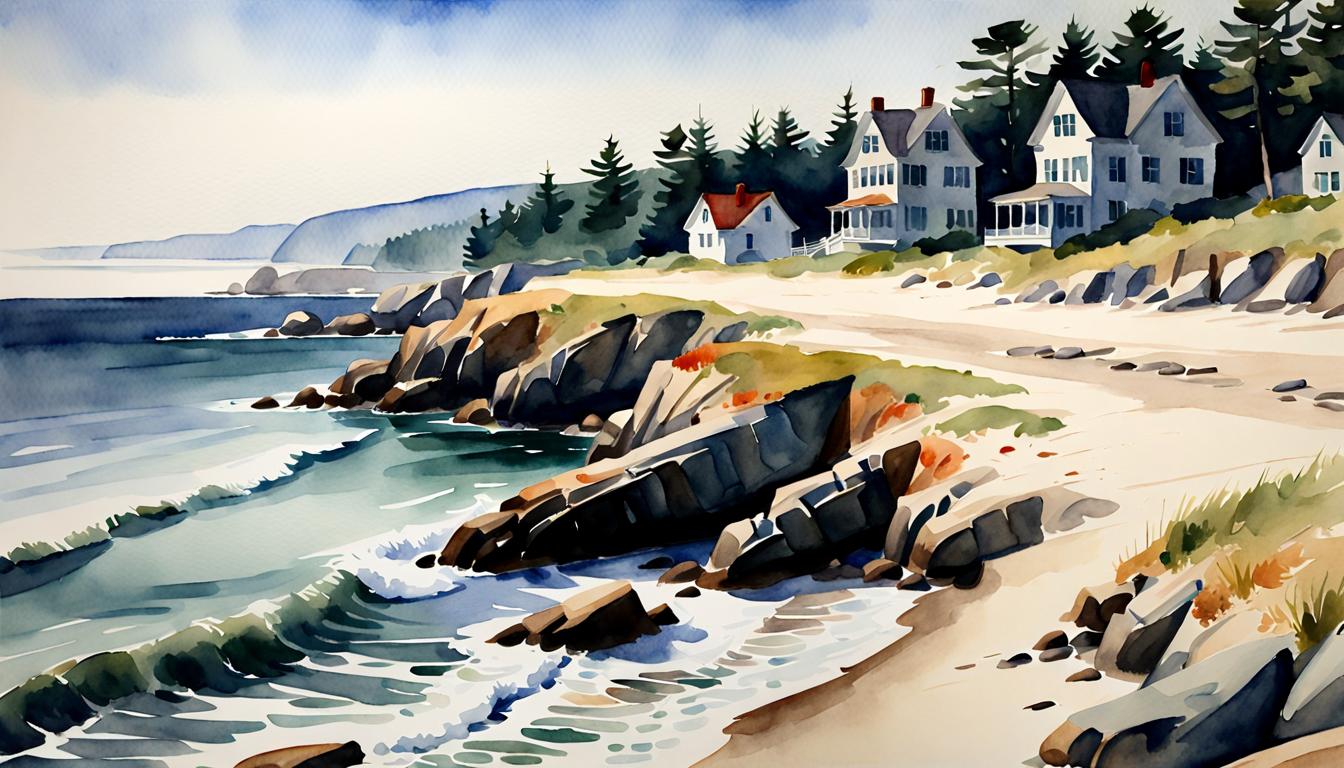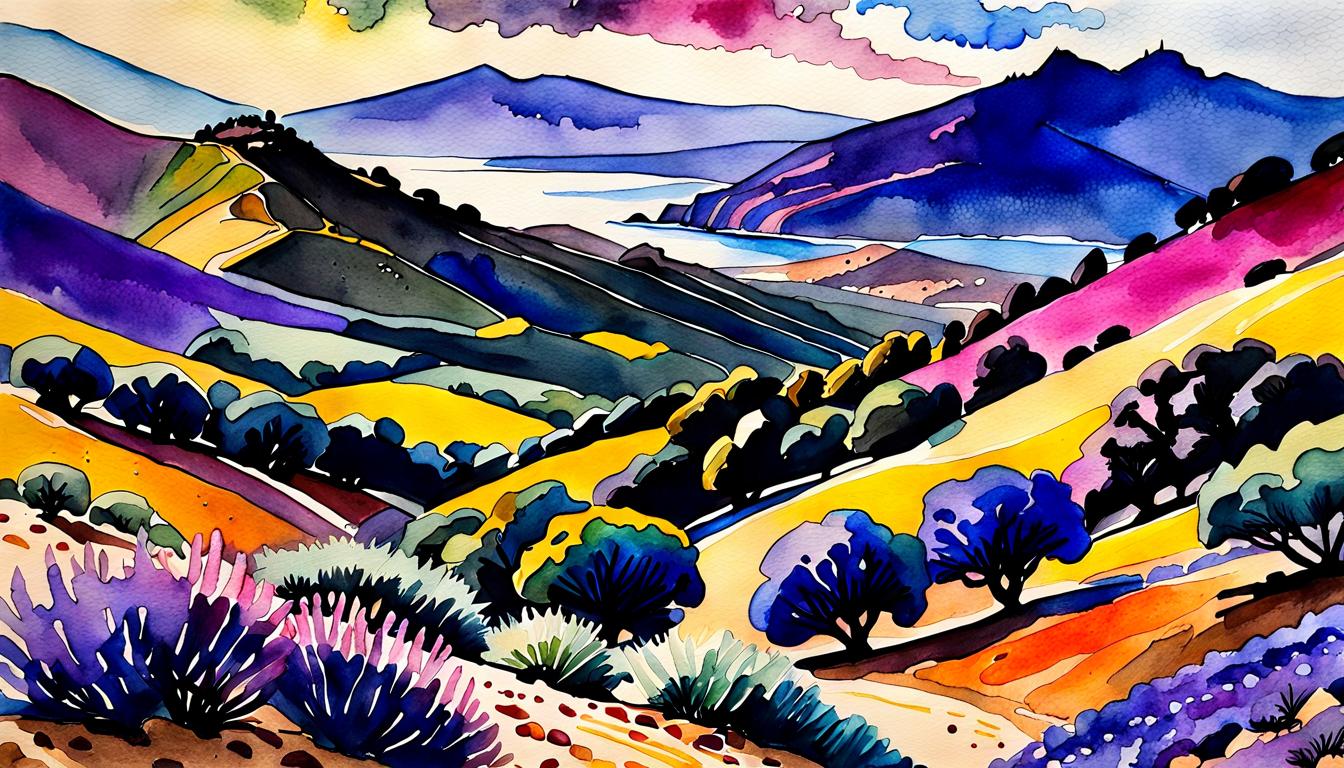Watercolor painting is a captivating and challenging medium that has fascinated artists for centuries. Among the renowned watercolorists, John Singer Sargent stands out as a master of the craft. His watercolor works are characterized by their incredible vibrancy, loose brushwork, and capturing of light and shadow. In this article, we will explore the secrets behind John Singer Sargent’s watercolor technique, providing insights and tips for artists looking to improve their skills.
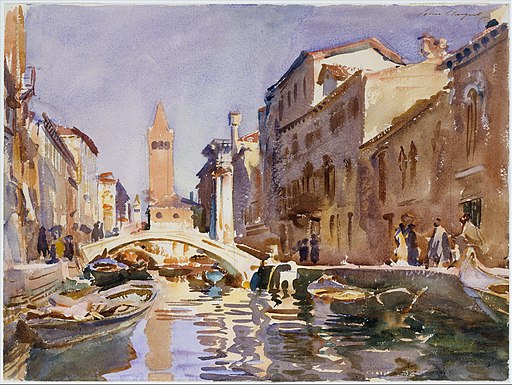
John Singer Sargent: A Master of Watercolor
John Singer Sargent, a prominent American artist of the late 19th and early 20th centuries, is best known for his remarkable oil portraits. However, his watercolor paintings showcase a different side of his artistic prowess. Sargent’s watercolors exhibit a sense of spontaneity and freshness, capturing fleeting moments with a delicate touch.
Popular Sargent Paintings
| Title | Date | Content | Techniques Employed |
|---|---|---|---|
| “Venetian Canal” | 1904 | A view of a canal in Venice | Wet-on-wet technique, with loose brushwork and a limited color palette. |
| “Gondoliers’ Siesta” | 1904 | Two gondoliers taking a nap in their boat | Sargent used a limited color palette and loose brushwork to create a sense of movement. |
| “The Bridge of Sighs” | 1903 | A view of the famous bridge in Venice | Sargent used a limited color palette and loose brushwork to capture the light and atmosphere of Venice. |
| “Bedouins” | 1905 | A group of Bedouin men resting in the desert | Sargent used gouache to create texture and detail in the men’s clothing, and a limited color palette to capture the heat and dust of the desert. |
| “A Street in Venice” | 1880 | A view of a street in Venice | Sargent used a limited color palette and loose brushwork to capture the light and atmosphere of Venice. |
| “The Church of Santa Maria della Salute” | 1904 | A view of the famous church in Venice | Sargent used a limited color palette and loose brushwork to capture the light and atmosphere of Venice. |
| “Fishing for Oysters at Cancale” | 1877 | Women fishing for oysters in the French town of Cancale | Sargent used a limited color palette and loose brushwork to capture the movement of the water and the women’s clothing. |
| “The Luxembourg Gardens at Twilight” | 1879 | A view of the gardens in Paris at dusk | Sargent used a limited color palette and loose brushwork to capture the light and atmosphere of Paris at twilight. |
| “Trout Stream in the Tyrol” | 1914 | Sargent used a limited color palette and loose brushwork to capture the light and atmosphere of Tyrol. | Sargent used a limited color palette and loose brushwork to capture the light and atmosphere of the Tyrol. |
| “Carnation, Lily, Lily, Rose” | 1885-1886 | Two young girls lighting lanterns in a garden | Sargent used a limited color palette and loose brushwork to capture the light and atmosphere of the garden at twilight. |
Overall, Sargent’s watercolors were characterized by his use of a limited color palette, loose brushwork, and a focus on capturing light and atmosphere. He also used gouache and other techniques to create texture and detail in his paintings.
Understanding Sargent’s Approach to Watercolor
Sargent approached watercolor with a sense of freedom and experimentation. He embraced the unpredictable nature of the medium and used it to his advantage. Rather than meticulously planning each stroke, he allowed the water and pigments to interact on the paper, resulting in spontaneous and lively compositions.
Video: Paint like John Singer Sargent
Materials and Tools Used by Sargent
To achieve his desired effects, Sargent carefully selected his materials and tools. He used high-quality watercolor paper, preferably rough or cold-pressed, which allowed for better pigment absorption and texture. Sargent also chose pigments known for their intensity and transparency, enabling him to achieve vibrant and luminous colors in his paintings. His brushes varied in size and shape, ranging from large, flat brushes for broad washes to small, pointed brushes for intricate details.
The Importance of Composition
A well-composed painting is the foundation of any successful artwork, and Sargent understood this principle. He paid close attention to the arrangement of elements within the frame, considering the balance of shapes, values, and focal points. Sargent’s compositions guided the viewer’s eye through the painting, leading to a harmonious visual experience.
Capturing Light and Shadow
Light and shadow play a crucial role in creating depth and dimension in a watercolor painting. Sargent had a keen eye for observing the interplay of light on his subjects and skillfully translated it onto paper. By carefully observing how light fell on the scene, he captured the subtle nuances of shadows and highlights, infusing his paintings with a sense of realism.
Mastering Brushwork Techniques
Sargent’s loose and expressive brushwork is one of the defining characteristics of his watercolors. He employed a variety of brushwork techniques, including wet-on-wet, dry brush, and splattering, to create different textures and effects. This dynamic approach added energy and movement to his paintings, enhancing their visual impact.
Sargent’s Use of Color
Color was an essential element in Sargent’s watercolors. He skillfully manipulated hues and values to evoke mood and atmosphere in his paintings. Sargent often used a limited palette, allowing him to create harmonious color schemes. He also explored the interplay of warm and cool colors, further enhancing the visual interest of his artworks.
Achieving Depth and Transparency
Creating depth and transparency in watercolor can be challenging, but Sargent mastered this aspect of the medium. Through layering washes and glazes, he built up the tonal values gradually, achieving a sense of depth in his paintings. Sargent also utilized the transparency of watercolor to create luminous effects, particularly in his depictions of water and reflections.
Creating Textures in Watercolor
Textures add visual interest and tactile quality to a watercolor painting. Sargent employed various techniques to create textures, such as dry brushing to suggest foliage or rough surfaces, and lifting pigment to create highlights or soft edges. These textural elements added richness and complexity to his artworks.
Preserving Whites and Highlights
Preserving whites and highlights is crucial in watercolor, as the white of the paper acts as the source of luminosity. Sargent carefully planned his paintings to include areas of untouched paper, allowing them to shine through and contribute to the overall brilliance of the artwork. He used masking techniques, like masking fluid or tape, to protect these areas while applying washes.
Layering Techniques for Vibrancy
Layering is a fundamental technique in watercolor painting, and Sargent employed it skillfully to achieve vibrant and rich colors. He would apply multiple washes, allowing each layer to dry before adding the next. This layering technique built up the intensity of the colors, resulting in a visually captivating final piece.
The Influence of Impressionism on Sargent’s Watercolors
Sargent was greatly influenced by the Impressionist movement, which emphasized capturing the fleeting effects of light and atmosphere. He adopted the loose brushwork and plein-air painting techniques commonly associated with Impressionism. This influence can be seen in the freshness and spontaneity of his watercolor works.
Sargent’s Signature Style
While Sargent’s watercolors demonstrated a range of techniques and subjects, he had a distinct signature style that set him apart. His ability to capture the essence of a subject with bold, confident brushstrokes and a keen eye for light and shadow is what made his watercolors truly remarkable.
Where? Museums and Galleries
John Singer Sargent’s paintings can be seen in various venues and museums around the world. Here are some places where you can see his work:
- Art UK: Sargent’s paintings can be found in several venues in the UK, including the Ashmolean Museum in Oxford, the Bristol Museum & Art Gallery, the Cambridge University Library, the Cartwright Hall Art Gallery, and the Derby Museum and Art Gallery.
- Museum of Fine Arts, Boston: The Museum of Fine Arts in Boston holds the most complete collection of Sargent’s art, including paintings, murals, watercolors, drawings, and sculpture.
- Tate: Sargent exhibited at the Royal Academy and the Grosvenor Gallery in London, and with the New English Art Club, of which he was a founding member, from 1886. He held a one-man exhibition at the St Botolph Club, Boston, Massachusetts in 1888. He exhibited at Knoedler’s, New York in 1909 and 1912. His murals for the Boston Public Library were begun in 1891. Memorial exhibitions of his work were held in Boston in 1925, and at the Royal Academy, Metropolitan Museum of Art, New York and Tate Gallery in 1926. Retrospective exhibitions have been held at the Whitney Museum, New York, 1986-7 and the Tate Gallery, 1998.
- National Gallery of Art: The National Gallery of Art in Washington, D.C. has organized an exhibition called “Sargent and Spain,” which explores Sargent’s fascination with Spain through landscapes, architectural views, figure studies, and scenes of everyday life
